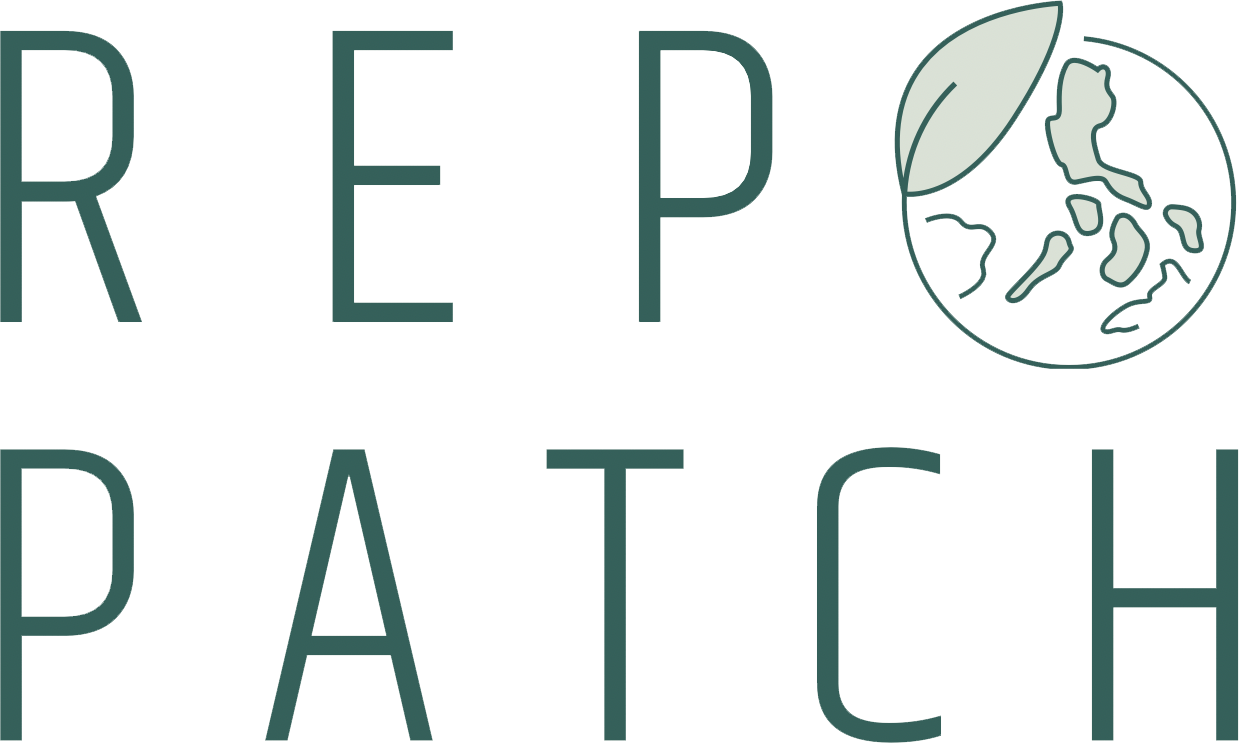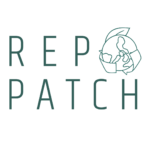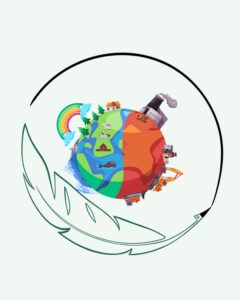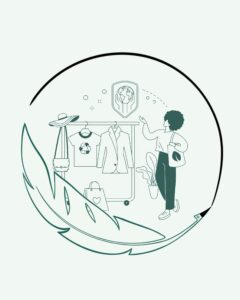A Fast Fashion Brand: Shein has become one of the most preferred brands by young people, rising rapidly in the global fashion industry in recent years. However, with this rapid rise, the brand’s sustainability claims and environmental impacts are also being seriously questioned. While Shein, a giant name in the fast fashion world, tries to introduce itself as a sustainable brand, it is also subject to accusations of “greenwashing”. So, how true are these claims? Is the brand really sustainable, or is it just a marketing strategy trying to create an environmentally friendly image?
In this article, we will deeply examine the accuracy of the research conducted to examine Shein, its sustainability efforts, and the brand’s claims. We will also examine in detail how the research was conducted, who conducted it, and the results. We will examine in detail the environmental impact of the fashion industry, landfills, and the situation in the landfill in Chile.
Shein as a Brand
Shein is an e-commerce platform founded in China in 2008 and has become one of the largest fast fashion brands in the world today. The brand appeals to a wide audience worldwide, especially the young audience. The company’s successful business model is based on constantly updated collections, low prices and fast production processes. There are data that the brand’s annual revenue is $32.5 billion and it has approximately 10,000 employees.* The company is active in more than 220 markets around the world.
Shein is quite rich in terms of product variety. The brand’s 6,000 new products are offered for sale in its online stores every day. This speed best reveals the brand’s “fast fashion” business model. Although this model has many financial advantages for the brand, its rapidly growing negative environmental effects are increasingly being discussed.
Sustainability Efforts: Greenwashing or Reality?
In recent years, we have heard a lot in the media about Shein’s efforts to be an environmentally responsible brand. The company states on its website that it has signed many sustainability programs such as eco-friendly collections, recycling projects, and sustainable production processes. For example, the brand’s “Shein Cares” collection launched in 2021 includes products made from recycled materials, but unfortunately, the production and processes for this collection are not transparently explained. In addition, the company announced that it has initiated some green projects in order to reduce carbon emissions and prevent waste production. However, the scale of these steps is usually very small and not enough transparent information is shared publicly. This makes consumers think that the Shein brand is greenwashing.
Greenwashing
Many of Shein’s sustainability claims are considered “greenwashing” practices. “Greenwashing” is when brands try to create the impression that they are environmentally friendly, while actually hiding their practices that harm the environment. The brand’s environmental sustainability efforts often remain a marketing strategy, limited to small projects rather than concrete steps for real change.
According to the brand, the “Shein Cares” collection represents 1% of the brand’s total product range. This raises a significant question mark over how close the brand is to its environmental impact reduction goals. While the company has initiated recycling projects, the scale of these projects is largely for marketing purposes, as is the case with many fast fashion brands, and often fails to create effective change.
Research: Shein’s Returns Process and Environmental Impacts
Aftonbladet has published an extensive research report examining Shein’s returns process. The company’s rapid rise and popularity pose significant environmental threats. The research tracked the products’ journeys around the world, with airtags placed on five randomly selected products. Here are the highlights of the research:
Controversial Partner: All five of its products were processed by Yun Express Nordic logistics company in Malmö. The company has been sanctioned several times by the Swedish Consumer Complaints Authority, but has continued to operate in defiance of the rulings.
Huge Warehouses: Shein has built a huge logistics center in Wroclaw, Poland. The largest warehouse is 750 meters long, equivalent to 26 football fields. Locals have seen significant environmental impacts due to these huge structures.
Breach of Own Commitments: Shein promised that “the majority” of e-recycling in Europe would be sold on-site and that there would be no logistics processes. However, Aftonbladet’s investigation has revealed that this is not true: three out of five products leave Europe.
Textile Waste Recycling: Three products are shipped by container ship to Iquique, Chile. This is a city overflowing with second-hand clothing, and importers throw away or incinerate 40,000 tons of clothing each year, which has a huge negative impact on the local environment and the world.
Secret Smuggling Route: Three Shein products end up in Bolivia. The garments are transported to a neighborhood in the city of Oruro, which is controlled by criminal gangs. This route is a well-known smuggling route worldwide.
A Journey of Over 20,000 Kilometers: The farthest item travels a total of 21,314 kilometers from Stockholm to Cochabamba, Bolivia.
An Aftonbladet investigation has exposed the serious environmental impact of Shein’s rapidly growing online fashion business. Despite the company’s commitment to environmental responsibility, the vast majority of returned products originate in Europe, with many of them being sent to regions notorious for textile waste. In areas such as Iquique and the Atacama Desert, 40,000 tons of clothing are burned or dumped annually, creating an environmental disaster.
Chile’s Landfill: Atacama Desert
The environmental impacts of Shein and other fast fashion brands are especially evident in developing countries. One of these is the giant landfill in the Atacama Desert in Chile. The Atacama Desert has been called the “fashion dump” worldwide in recent years. Millions of tons of textile waste from all over the world accumulate here. Brands like Shein are responsible for a large portion of this waste with their cheap, fast-produced clothing.
According to 2022 data, 59 thousand tons of new textile waste are sent to Chile alone every year. Most of this waste, consisting of synthetic fabrics, remains in the Atacama Desert for years without decomposing in nature. This once again shows how seriously Shein needs to take the environmental impacts of its fast fashion business model.
The damage caused by the waste accumulated in this landfill to local ecosystems and the microplastics released into the atmosphere pose a serious threat to the environment. This waste accumulated in the Atacama Desert concretely reveals how much environmental disaster the production processes of Shein and similar brands cause.
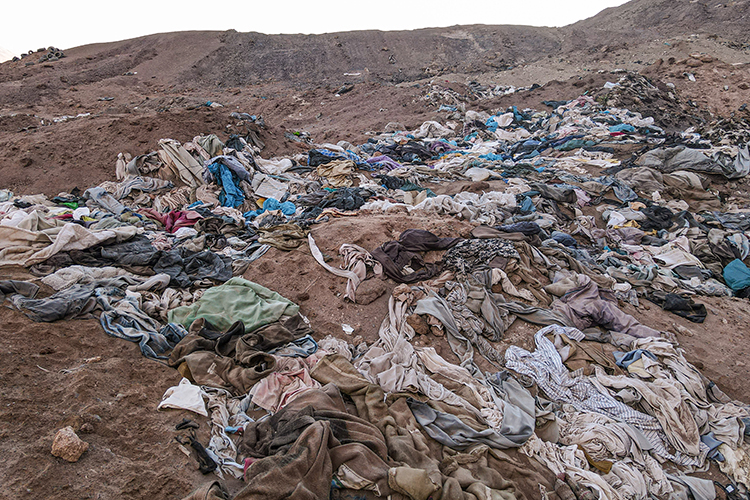
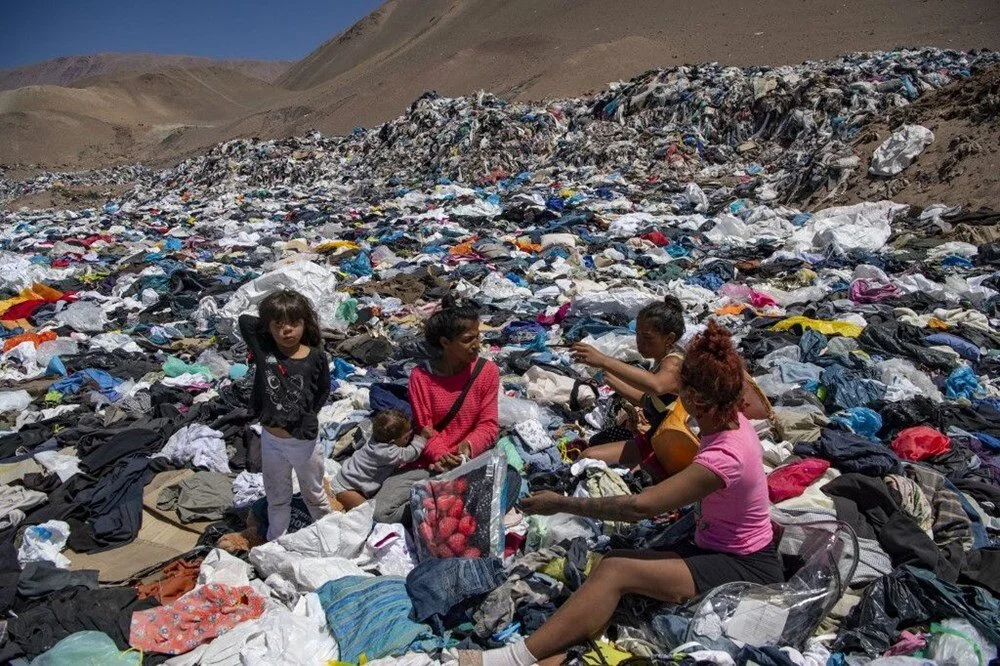
Real-world examples like the landfill in the Atacama Desert make the extent of the environmental impact of Shein’s rapidly expanding production model even more clear.
Shein uses its sustainability claims entirely as a marketing strategy. Although the company promotes itself as an eco-friendly brand with eco-friendly collections and recycling projects, these efforts are completely inadequate and limited, as we have detailed in our article. Research shows that Shein has adopted greenwashing strategies rather than taking concrete steps to reduce its environmental impact.
